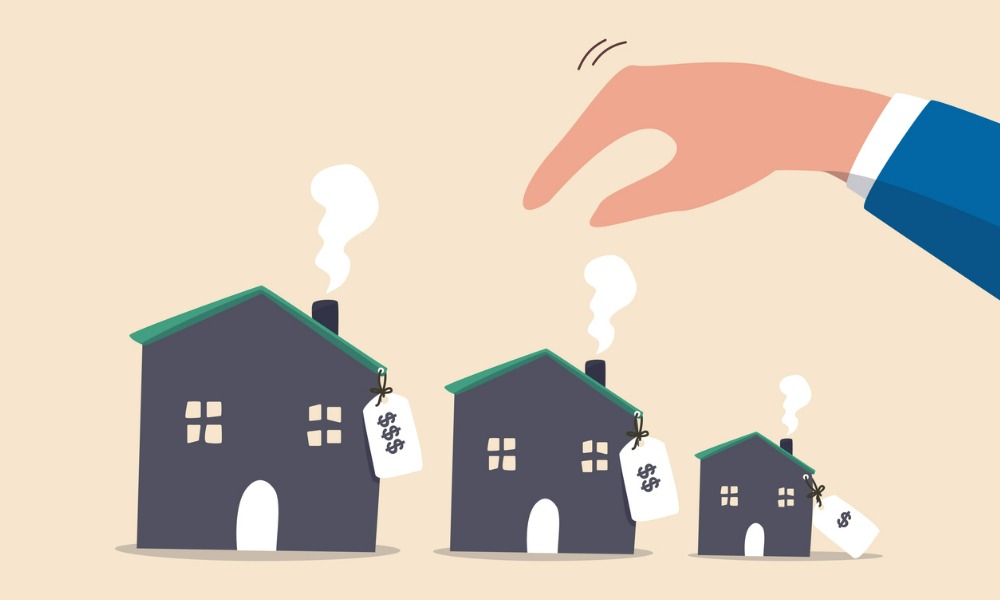Homebuyers continue to suffer as surging construction prices topple records

Given the ever-increasing challenges caused by soaring material costs and low supply, housing affordability is now at its lowest level in nearly a decade.
During the second quarter, 56.6% of new and existing homes sold were affordable to families earning the median income of $79,900. This is down from the 63.1% of homes sold in the previous quarter and the lowest affordability level since 2012, according to the National Association of Home Builders (NAHB)/Wells Fargo Housing Opportunity Index (HOI) released Thursday.
“Runaway construction cost growth, such as ongoing elevated prices for oriented strand board that has skyrocketed by nearly 500% since January 2020, continues to put upward pressure on home prices,” said NAHB chairman Chuck Fowke.
The HOI revealed that the national median skyrocketed to a record $350,000 in Q2 from just $30,000 in Q1 – the largest quarterly price hike in the history of the series.
NAHB chief economist Robert Dietz also pointed out that higher lumber costs have added nearly $30,000 to the price of an average new single-family home and raised the rental price of a new apartment unit by more than $90.
Read more: Here’s how much lumber costs have added to new home prices
Pittsburgh, Pa., was the nation’s most affordable major housing market (defined as a metro with a population of at least 500,000) during the second quarter. Over 90% of all new and existing homes sold in Q2 were affordable to families earning the area’s median income of $84,800.
Meanwhile, Los Angeles-Long Beach-Glendale, Calif., remained the nation’s least affordable major housing market for the third consecutive quarter. Only 8.4% of the homes sold there during the second quarter were affordable to families earning the area’s median income of $78,700.
“Policymakers must address supply chain bottlenecks for building materials that are raising costs and harming housing affordability,” Fowke said
“With the US housing market more than one million homes short of what is needed to meet the nation’s demand, policymakers need to focus on supply-side solutions that will enable builders to increase housing production and rein in rising home prices,” Dietz said.



